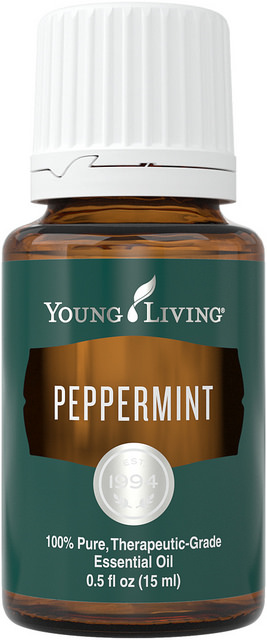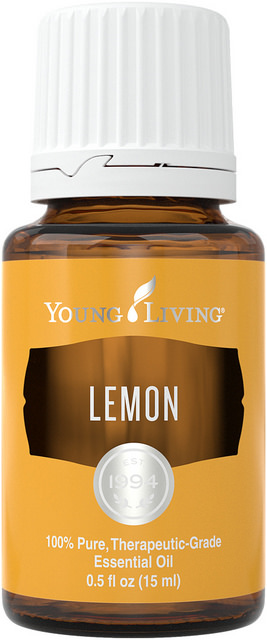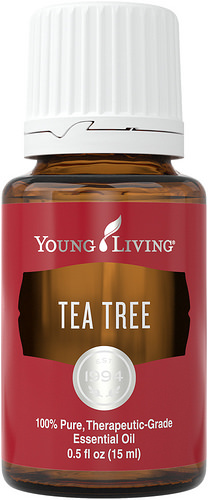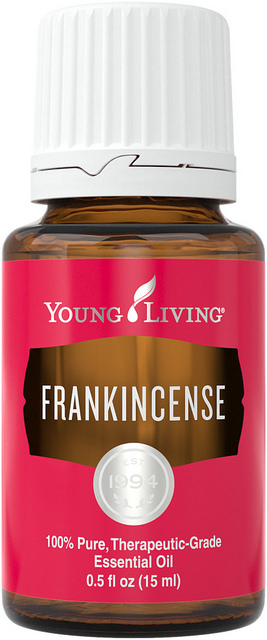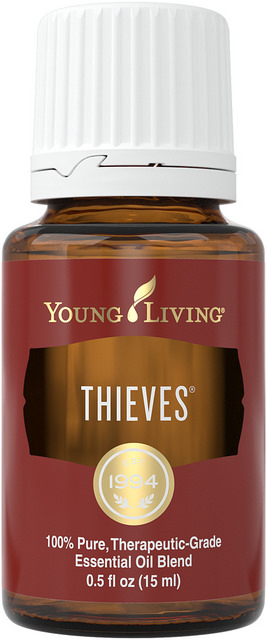300 PV Reward Offer Details
• Offer is valid only in the U.S. and all NFR markets, except where restrictions prevent promotional product(s) from entering the country.
• Offer is valid from 12 midnight, MT, April 1, 2018, to 11:59 p.m., MT, April 30, 2018.
• Limit of one free Allerzyme (90 count), Dryer Balls (4 pack), and 15-ml Tea Tree per qualifying standard order.
• Limit of one free Allerzyme (90 count), Dryer Balls (4 pack), 15-ml Tea Tree, 15-ml Fennel, and 5-ml Basil Vitality per qualifying
Essential Rewards order.
• In the event that supplies of these items become unavailable, Young Living may replace promotional products with equivalent
products of a similar value.
• Limit of one qualifying standard order and one qualifying Essential Rewards order per month.
• PV minimum must be reached in a single order. Partial orders placed throughout the qualifying month cannot be combined to
receive the offer.
• Single orders over 300 PV do not earn duplicate rewards.
• PV is not earned on free product.
• Offer does not apply to Essential Rewards point redemption orders.
• Offer is earned via phone, Essential Rewards, and online orders only.
• Offer is available to Young Living members and retail customers.
• Member is responsible for shipping costs associated with ordered and free product.
250 PV Reward Offer Details
• Offer is valid only in the U.S. and all NFR markets, except where restrictions prevent promotional product(s) from entering the country.
• Offer is valid from 12 midnight, MT, April 1, 2018, to 11:59 p.m., MT, April 30, 2018.
• Limit of one free Dryer Balls (4 pack) and 15-ml Tea Tree per qualifying standard order.
• Limit of one free Dryer Balls (4 pack), 15-ml Tea Tree, 15-ml Fennel, and 5-ml Basil Vitality per qualifying Essential Rewards order.
• In the event that supplies of these items become unavailable, Young Living may replace promotional products with equivalent
products of a similar value.
• Limit of one qualifying standard order and one qualifying Essential Rewards order per month.
• PV minimum must be reached in a single order. Partial orders placed throughout the qualifying month cannot be combined to
receive the offer.
• Single orders over 250 PV do not earn duplicate rewards.
• PV is not earned on free product.
• Offer does not apply to Essential Rewards point redemption orders.
• Offer is earned via phone, Essential Rewards, and online orders only.
• Offer is available to Young Living members and retail customers.
• Member is responsible for shipping costs associated with ordered and free product.
190 PV Reward Offer Details
• Offer is valid only in the U.S. and all NFR markets, except where restrictions prevent promotional product(s) from entering the country.
• Offer is valid from 12 midnight, MT, April 1, 2018, to 11:59 p.m., MT, April 30, 2018.
• Limit of one free 15-ml Tea Tree per qualifying standard order.
• Limit of one free 15-ml Tea Tree, 15-ml Fennel, and 5-ml Basil Vitality per qualifying Essential Rewards order.
• In the event that supplies of these items become unavailable, Young Living may replace promotional products with equivalent
products of a similar value.
• Limit of one qualifying standard order and one qualifying Essential Rewards order per month.
PV minimum must be reached in a single order. Partial orders placed throughout the qualifying month cannot be combined to
receive the offer.
• Single orders over 190 PV do not earn duplicate rewards.
• PV is not earned on free product.
• Offer does not apply to Essential Rewards point redemption orders.
• Offer is earned via phone, Essential Rewards, and online orders only.
• Offer is available to Young Living members and retail customers.
• Member is responsible for shipping costs associated with ordered and free product.
100 PV Reward Offer Details
• Offer is valid only in the U.S. and all NFR markets, except where restrictions prevent promotional product(s) from entering the country.
• Offer is valid from 12 midnight, MT, April 1, 2018, to 11:59 p.m., MT, April 30, 2018.
• Limit of one free 5-ml Basil Vitality per qualifying Essential Rewards order.
• In the event that supplies of this item become unavailable, Young Living may replace promotional products with equivalent
products of a similar value.
• Limit of one qualifying Essential Rewards order per month.
• PV minimum must be reached in a single order. Partial orders placed throughout the qualifying month cannot be combined to
receive the offer.
• Single orders over 100 PV do not earn duplicate rewards.
• PV is not earned on free product.
• Offer does not apply to Essential Rewards point redemption orders.
• Offer is earned via phone, Essential Rewards, and online orders only.
• Offer is available to Young Living members and retail customers.
• Member is responsible for shipping costs associated with ordered and free product.

